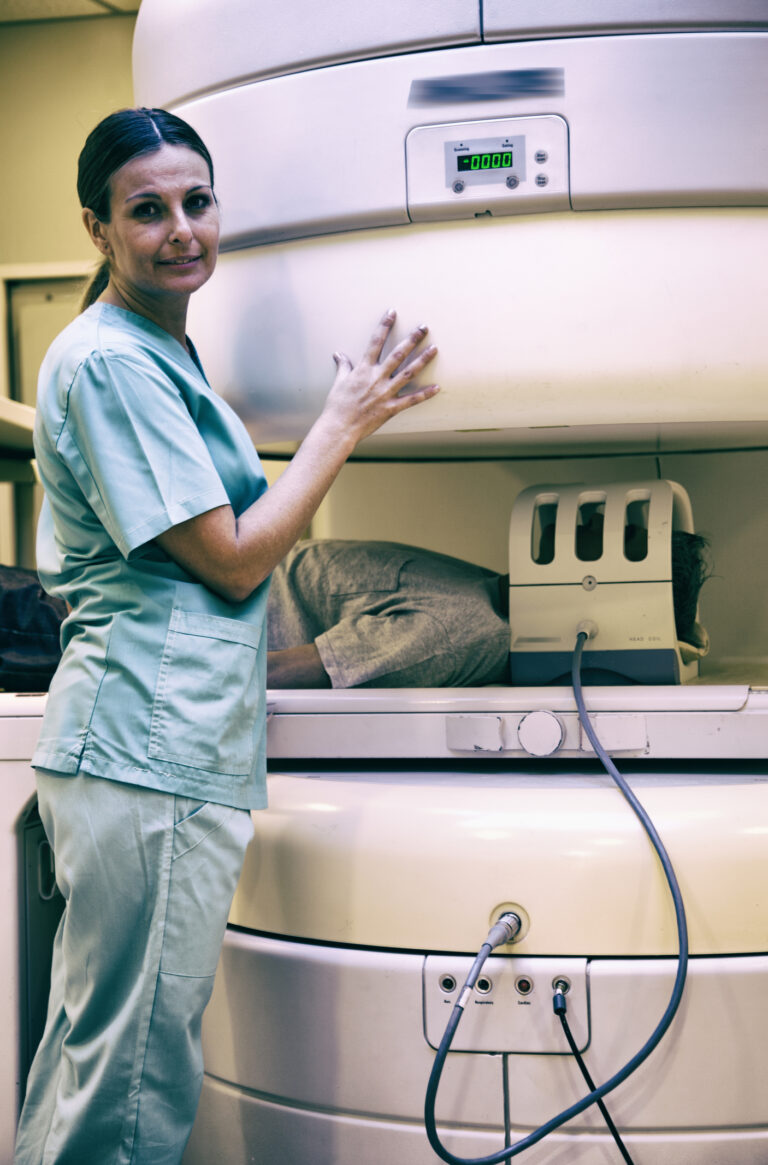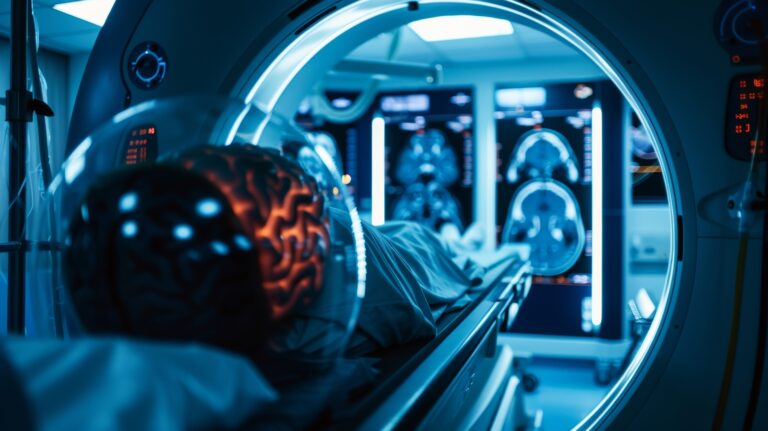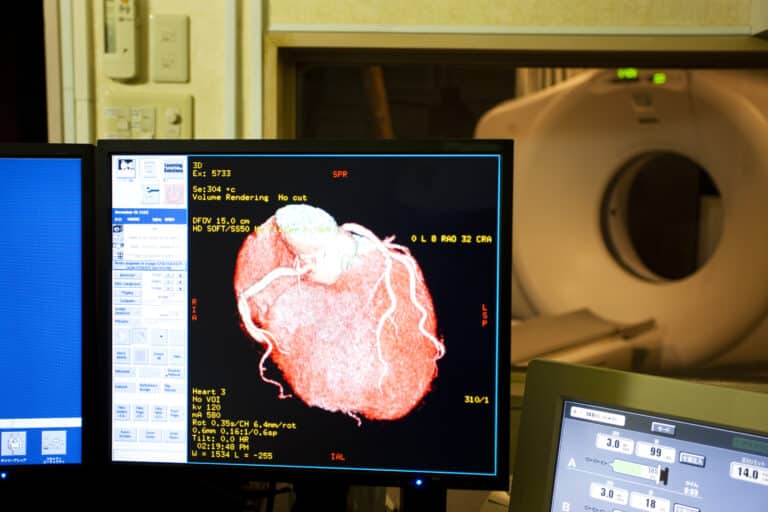Magnetic Resonance Angiography
Magnetic Resonance Angiography (MRA) is a sophisticated medical imaging technique used to visualise blood vessels in the body. Leveraging the principles of magnetic resonance imaging (MRI), MRA provides detailed images of arteries and veins, facilitating the diagnosis and management of various vascular conditions. Unlike traditional angiography, which involves inserting a catheter into the blood vessels and injecting contrast dye, MRA is minimally invasive and relies on magnetic fields and radio waves to produce high-resolution images.
One of the primary advantages of MRA is its ability to produce detailed images without the use of ionising radiation, making it a safer alternative for patients. The procedure is particularly beneficial for those requiring frequent imaging, such as individuals with chronic vascular conditions. MRA is commonly used to detect and evaluate conditions like aneurysms, stenosis (narrowing of blood vessels), arteriovenous malformations, and blockages in arteries, particularly in the brain, neck, and legs.
The procedure begins with the patient lying on a movable table that slides into the bore of the MRI scanner. A contrast agent may be administered intravenously to enhance the blood vessels. This agent, typically gadolinium-based, enhances blood vessels’ visibility by altering nearby hydrogen atoms’ magnetic properties. As the scanner operates, it creates a strong magnetic field and sends radio waves through the body. These waves interact with the hydrogen atoms in the blood, causing them to emit signals that are captured and converted into detailed images by a computer.
MRA can be performed with or without contrast agents. Non-contrast MRA techniques, such as Time-of-Flight (TOF) and Phase Contrast (PC) MRA, are particularly useful for patients with renal impairment or those allergic to contrast dyes. These methods exploit the natural flow of blood to produce images, thus avoiding the risks associated with contrast media.
Even though it has numerous benefits, MRA has limitations. It can be less effective in imaging small or slow-flowing vessels and may produce artefacts that obscure the images. Additionally, the procedure can be time-consuming and may not be suitable for patients with certain implants or devices.
Therefore, Magnetic Resonance Angiography is a powerful, non-invasive imaging modality that plays a crucial role in diagnosing and managing vascular diseases. Its safety profile and ability to produce high-quality images make it an invaluable tool in modern medicine.
You are here:
home » Magnetic Resonance Angiography




